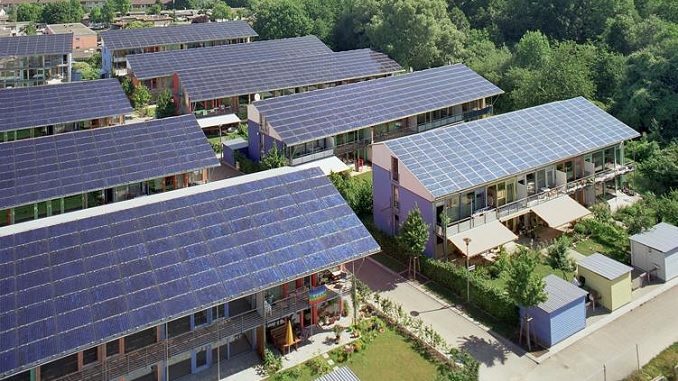
Green energy for the first time becomes Germany’s main power source, taking over coal’s first place.
Germany by 2030 plans on having 65 percent of its energy to be green, this will lead to abandoning nuclear energy by 2022 and ultimately cease relying on coal.
According to Reuters, German green energy supplied from solar, wind, biomass and hydroelectric generation units rose 4.3 percent last year to produce 219 terawatt hours (TWh) of electricity out of 542 TWh overall. Coal produced about 38 percent of Germany’s electricity in 2018.
“We will not fall below the 40 percent in 2019 because more renewable installations are being built and weather patterns will not change that dramatically,” Bruno Burger, author of the Fraunhofer study, told Reuters.
However, skeptics of renewable energy say the rise is due to favorable weather patterns, such as a prolonged hot summer that increases solar output.
While brown coal powder remained the largest single energy supplier, accounting for 24.1 percent of Germany’s energy, wind power was close behind at 20.1 percent. Coal plants accounted for 13.9 percent, solar energy accounted for 8.4 percent, gas-to-power plants contributed 7.4 percent and hydropower made up 3.2 percent of Germany’s total energy supply.
Germany was reportedly a net exporter of energy in 2018, with its main recipients being the Netherlands and France.




Be the first to comment